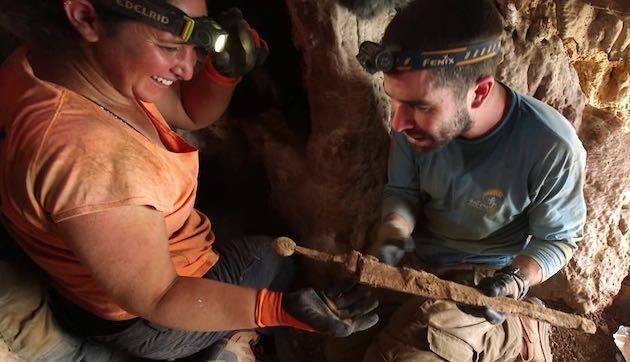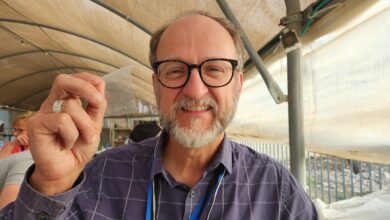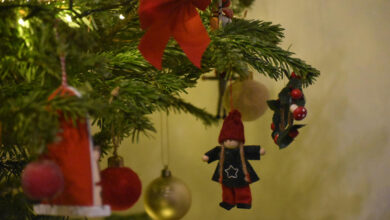Exciting archaeological discoveries in 2023
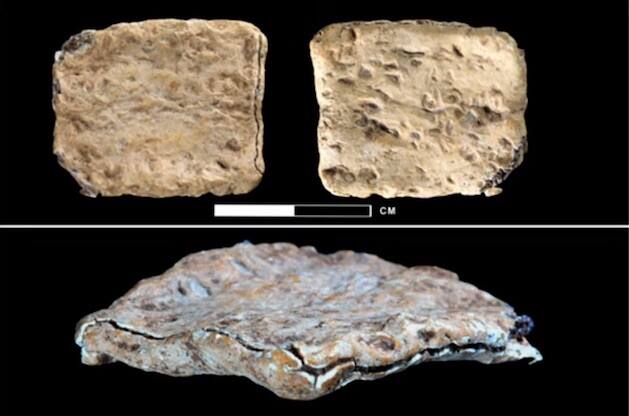
Archaeological finds in the Holy Land continue to attest to the historical accuracy of scripture.
When our organization leads tours of Christians to Israel, they return home feeling they have journeyed through the history of the Bible. For them, the scriptures come alive because of what we have seen, how we connect the history and culture to the stories and events of the Bible. Archaeology plays an important role and reveals that we can have confidence that the events shared actually happened. If you would like to join us on our 2024 tour in November, contact us today by calling 816-524-4522.
The following are among the most significant findings of 2023.
Curse Tablet from Mt. Ebal. Many Bible scholars say this could be the most significant discovery in two hundred years. The small lead tablet, discovered on the site of the biblical story of blessings and curses, includes the earliest known Hebrew writing. More interesting it includes the first known written name of God – YHWH– ever to be discovered in Israel.
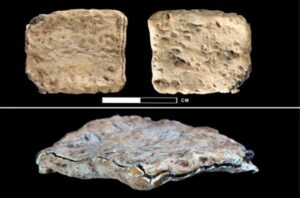
The text reads, “Cursed, cursed, cursed – cursed by the God YHW./ You will die cursed./ Cursed you will surely die./ Cursed by YHW – cursed, cursed, cursed.”
In May, the research team finally published their academic article on the object. The team of archaeologists, led by Dr. Scott Stripling of the Bible Seminary in Texas and including Aaron Lipkin (Metro Voice hosted him in Kansas City in 2023) who was involved in the discovery. They and other experts contend the small tablet proves that Israelites were literate when they entered the Holy Land. This would prove the Bible was not just orally passed down but written the Bible as it took place. That means the Hebrews, wandering in the desert for 40 years, were literate and documented what happened. Consequently, secular archaeologists, liberal theologians and Palestinians have attempted to discredit the discovery.
“Sayings of Jesus”. Discovered in Egypt, an Early “Sayings of Jesus” text was discovered on papyrus which closely quotes Jesus from the Gospels of Matthew and Luke.
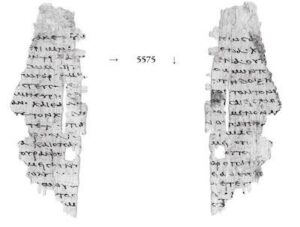
The fragment provides new information about how the Gospels were quoted in early Christian communities but it is not yet known how they were used or who produced them. Interestingly, at a time of extreme persecution for early believers, the text includes sayings about leaving behind the cares of the world.
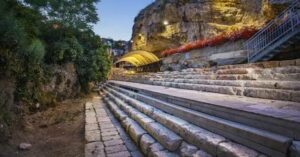
(photo credit: Koby Harati/City of David Archives)
The Pool of Siloam. Israeli archaeologists uncovered the steps leading down to the pool, where Jesus healed a blind a blind man. It was the culmination of over 20 years of digging. According to Pastor John Hagee, founder and chairman of Christians United for Israel, this site is highly significant to Christians worldwide, because of the miracle (John 9) and where Jewish pilgrims cleansed themselves before entering the second temple. The unearthing of eight steps descending into the Pool of Siloam, which coincided with the time Jesus walked through the Holy Land, further confirms the truth of scripture.
Construction of the pool reportedly began more than 2,700 years ago when Judean King Hezekiah first ordered the digging of a 1,750-foot tunnel under the City of David to bring water from the Gihon Spring, which lay outside the city wall, inside the city to a pool on the opposite side of the ridge, according to the Biblical Archaeology Society.
Jerusalem church excavation. Roman experts recently finished weeks of precarious archaeological work in one of the most sensitive parts of the Church of the Holy Sepulcher in Jerusalem, near where many Christians believe Jesus was crucified, buried and rose from the dead and one of the world’s oldest standing churches.
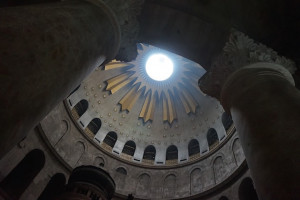
Parts of the church are original to the structure built by the mother of Constantine who came to the Holy Land and built the first church there in 325AD.
Media reports confirm that archaeologists from the Department of Antiquities at the University of Rome excavated the area around the Holy Edicule, or the main tabernacle. Archaeologists reportedly worked around the clock for seven days and seven nights exploring the area.
Roman Swords. Four Roman swords were discovered in a cave in the Ein Gedi Nature Reserve. The 1900-year-old Roman weapons were discovered in a cave where archaeologists were gathered to photograph another find – an ancient Hebrew inscription dating to the First Temple period. Nearby, lodeged in a crevice, they discovered the swords still in their wooden and leather sheaths.
Rare biblical era coin. Another groundbreaking discovery is the unearthing of a rare silver half-shekel coin from the time of the first Jewish revolt against the Romans more than 2,000 years ago in the Judean desert. The coin is engraved in ancient Hebrew with the words “Holy Jerusalem” and is dated to A.D. 66-67.
This discovery debunks the falsehood that Jews “colonized” the biblical land with the rebirth of the Jewish state in 1948 and the Zionist movement in the late 1800s. It provides tangible evidence of the Jewish people’s presence in the region before the establishment of Islam.
Ancient stone with prayers to Jesus. Archaeologists from the Hebrew University of Jerusalem recently made a remarkable discovery in Israel’s Judean desert. Unearthed at a remote site dating back to the early sixth century, this Byzantine Greek inscription carries immense historical and religious significance.
Situated in an area accessible only by donkeys, the inscription adorns a building stone from an ancient monastery. Marked with a cross, it comprises a phrase paraphrasing the first two verses of Psalm 86: “Jesus Christ, guard me, for I am poor and needy.” This remarkable find is unusual in its grandeur and serves as a testament to the enduring power of faith.
Precious gems. A family-owned company in Israel became the first to discover precious gems in the Holy Land. This discovery brings Bible verses to life, because the book of Isaiah says Israel’s foundations will be laid with sapphires and its borders with precious stones.
Ze’ev Orenstein, director of international affairs for the City of David Foundation in Jerusalem, emphasized the significance of these discoveries, saying, “For much of the world, over the last 2,000 years to present day, Jerusalem has represented a kind of spiritual and historical North Star or compass, guiding both literal and figurative pilgrims and travelers, near and far, on their quest to find meaning, purpose, faith and identity within their personal, communal and national lives; to connect their own lives to a story or mission bigger than themselves, to one which transcends the relatively short time any of us will spend upon the earth.”
These stunning archeological discoveries in Israel have brought the Bible to life, providing tangible evidence of the truth of Scripture and reaffirming the Jewish people’s unbroken presence in the Holy Land for over 2,000 years. These findings undoubtedly will continue to inspire and encourage Christians around the world to deepen their faith and connection to the Bible.
–Dwight Widaman | MV



